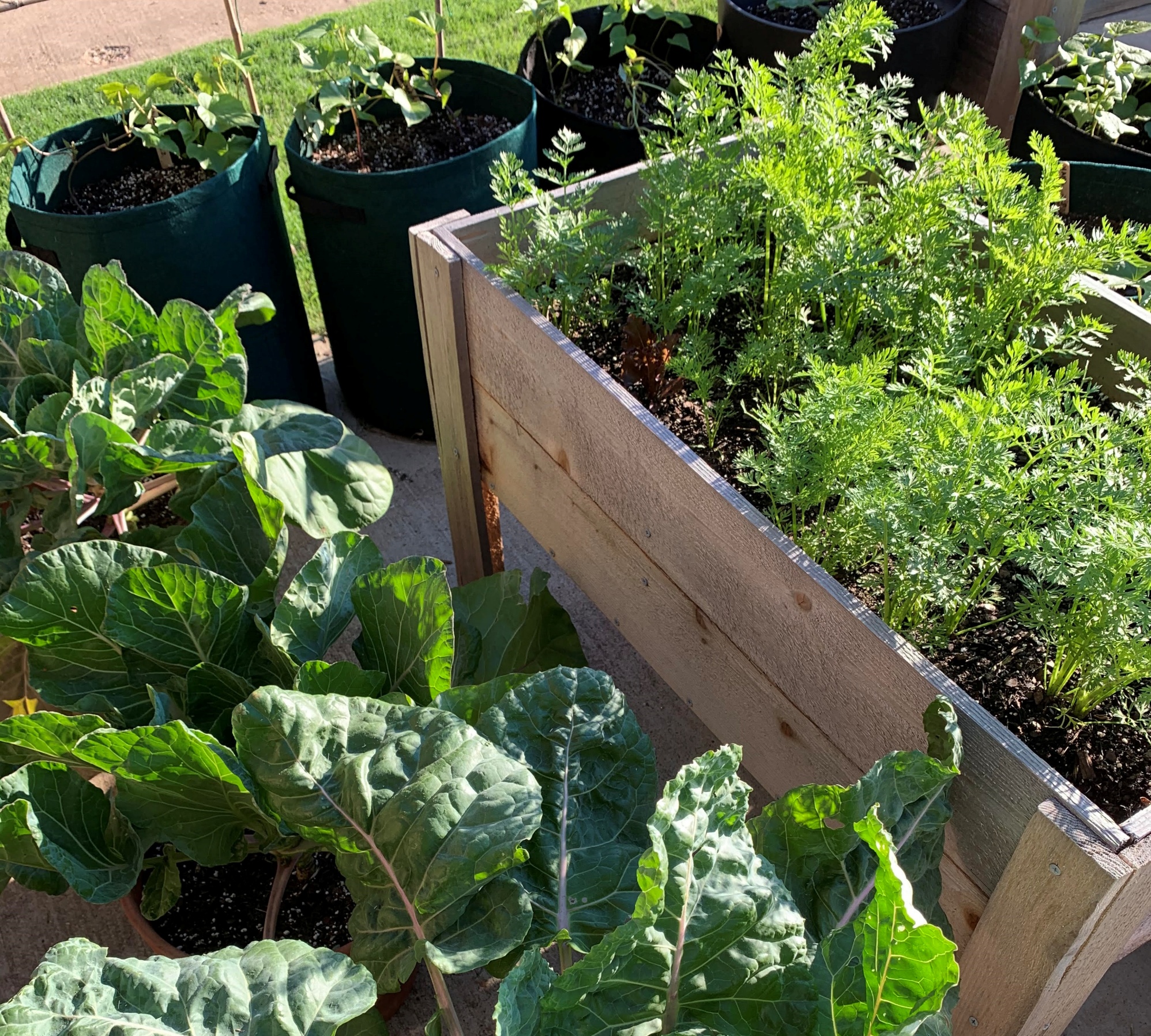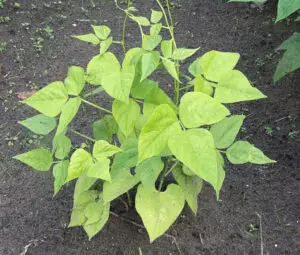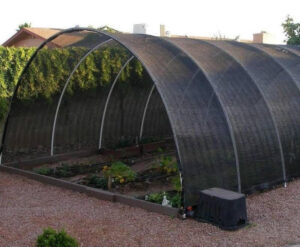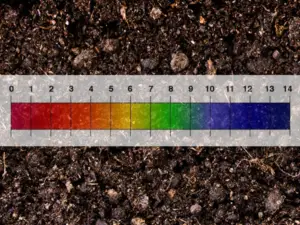Containers are a great alternative to traditional in-ground or raised bed gardening. In addition, they are the perfect way to expand an existing garden when you run out of ground space or if you have limited growing space to begin with. (You can learn more about the advantages to growing in containers in this helpful article.) But how do you know which container is best for growing vegetables?
Containers come in all shapes and sizes, and they can be made from a wide variety of materials. Here are some things you should keep in mind when selecting the right containers for your vegetable garden.
Shape and Size
While the shape of a container is not all that important, the size is. You will need to choose a pot with a circumference that is appropriate for the plant when it is fully grown. You will also need to consider the container’s depth. A pot that is adequate in depth for growing vegetables that have a shallow root system like spinach and lettuce will not be deep enough for growing root vegetables like carrots and sweet potatoes. Since container size is so important, I include size recommendations in my articles on how to grow various vegetables. Some seed companies also include this information on their seed packets as container gardens are growing in popularity.
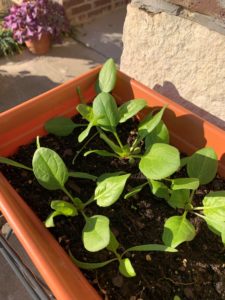
Drainage
Adequate drainage is a must in containers used for growing vegetables. Inadequate drainage can result in water-logged roots, one of the most common causes of plant decline. Inevitably, the soil in containers that do not have good drainage will feel dry at the top, a sign that the plant needs to be watered, but in reality, the soil at the bottom of the container will be wet. This condition leads to root rot, which will kill the plant. So, be sure the containers you choose have drainage holes.
Repurposed Materials and Recycled Containers
Repurposing materials is a great way to help the environment, but not all materials are suited for vegetable gardens. For example, treated, painted, or stained lumber, certain plastics, cinder blocks, and tires may be practical and readily available, but these can leach harmful chemicals into the soil, which can then be absorbed by the plant’s root system when watered.
In addition to these repurposed materials, you may want to steer clear of recycled containers whose history you are not familiar with. For example, unless you are sure that the container did not house harmful chemicals like bleach or cleaning solutions, it is better to choose another one.
Certain repurposed materials and recycled containers may be fine for growing flowers, but I would recommend avoiding them when growing food.
Container Options
Plastic Pots
Containers made from plastic can be a good choice for vegetable gardens, provided they are rated food grade and are BPA-free. A food grade designation means that the container must meet governmental standards of purity and cannot contain dyes, additives, or recycled products that have been determined to cause harm to humans.
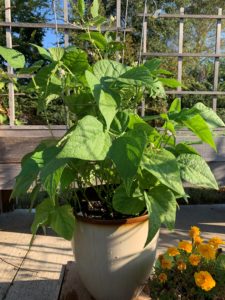
In both the United States and Canada, all plastics must carry a recycling symbol with a number that ranges from 1 to 7. Plastics with the numbers 3, 6, and 7 should be avoided as they contain PVC, polystyrene, and polycarbonates, respectively, and may release dangerous chemicals such as chlorine, dioxins, and hormone disrupters.
BPA or bisphenol A is a chemical used to make polycarbonate plastics. It, too, should be avoided as it is an endocrine disruptor that can cause significant health issues.[1]
Plastics that are labeled with the code 2 or the letters HDPE, which stands for high density polyethylene, means that the plastic has chemical resistant properties and is suitable for food. Containers with this designation are good for vegetable container gardens.
Although not as preferable as the previous rating, plastics that have the code and or letters 1 (PETE), 4 (LDPE), or 5 (PP) have been deemed safe for storing food because they have either low toxicity or low levels of leaching. Some consider them acceptable for growing vegetables.
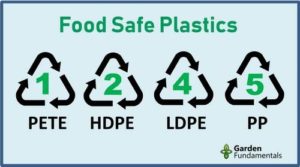
This article contains affiliate links. If you make a purchase using one of these links, I will receive a very small commission at no additional cost to you, and it will help me maintain this website. Rest assured, I only recommend products I actually like!
Five Gallon Buckets
Five gallon buckets that are food grade and BPA-free are a great option for container gardening. These inexpensive buckets have become very popular with gardeners and are available at various box stores. The buckets are usually all white and, in addition to bearing the code 2 and HDPE symbols, are often clearly marked with stickers saying they are food grade and BPA-free. Colored buckets with box store logos, like those from Home Depot, Lowe’s, and Walmart, are not food grade.
You may be able to secure food grade buckets from restaurants after they are done using them. They may be available for a small fee or for free. Regardless of where you get the food grade, BPA-free buckets, remember to add drainage holes to the bottom before using.
I have grown a wide variety of vegetables in five gallon food grade buckets, including cucumbers and okra!
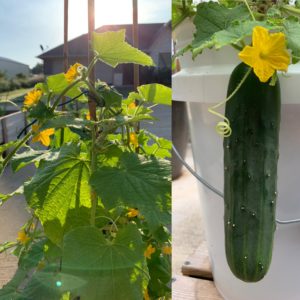
Ceramic Pots
Ceramic pots are a possible option for container gardening. Their bright colors and patterns can add a decorative element to any garden. The downside is that if they are glazed, the coating may contain harmful metals or chemicals. Thus, these may be best suited for flowers and ornamental plants.
Terra Cotta Pots
Clay or terra cotta pots are very popular gardening containers. Not only do they look nice, but they can also be less expensive than decorative ceramic pots. Keep in mind, however, that terra cotta is a porous material, which means the soil they contain is likely to dry out quicker, and the plant will require more frequent watering. You can add a plant saucer under the pot to help capture draining water which the pot can then reabsorb.
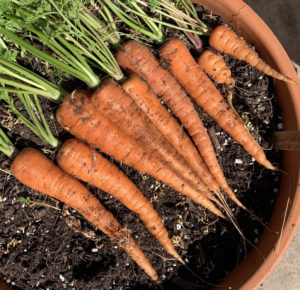
Fabric Grow Bags
Fabric grow bags are growing in popularity, and it’s no wonder. These lightweight pots are made from durable, breathable fabric that has been shown to improve plant health. They provide better than average drainage, which helps prevent root rot, a common result of overwatering or poor drainage. What’s more, in traditional containers, the roots will eventually grow in circles when the tips touch the sides of the pot. This can result in a plant becoming rootbound, a condition where the plant struggles to find adequate air, nutrients, and water. Plants grown in fabric containers, on the other hand, are air pruned because the breathable fabric causes the soil to be dryer at the perimeter of the pot. When the roots encounter the drier soil, they stop growing. This, in turn, encourages new root development towards the middle of the bag, resulting in a healthy root ball. This is one of the brands of fabric grow bags that I use. They come in various sizes to accommodate a wide range of vegetables. I have used them to grow brussels sprouts, cauliflower, broccoli, sweet potatoes, watermelon, and more!
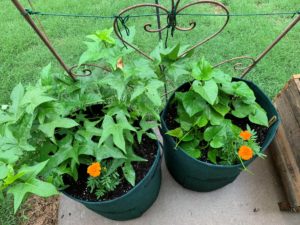
Cedar Planter Boxes
Cedar wood is a great material for container gardening because it contains natural chemicals that help make it resistant to insect damage and moisture rot. I currently use several raised planter boxes made from cedar fence pickets and absolutely love them! I show you how to make your own planter in this step-by-step “how to” article. They are easy to make and more affordable than using cedar boards.
Redwood and Juniper are also good woods for planter boxes.
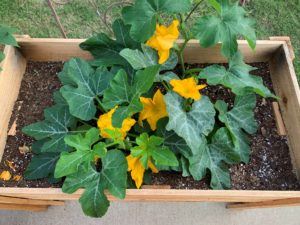
Container gardening is a great way to grow vegetables, provided you choose appropriate containers. If you would like to know more about how to start your own container garden, check out this helpful article.
Thank you for reading this article! If you found it helpful, please consider sharing it with others via email and social media!
[1] Brent A. Bauer, M.D., What Is BPA, And What Are the Concerns About BPA? Mayo Clinic Healthy Lifestyle, accessed 02-02-22, https://www.mayoclinic.org/healthy-lifestyle/nutrition-and-healthy-eating/expert-answers/bpa/faq-20058331
